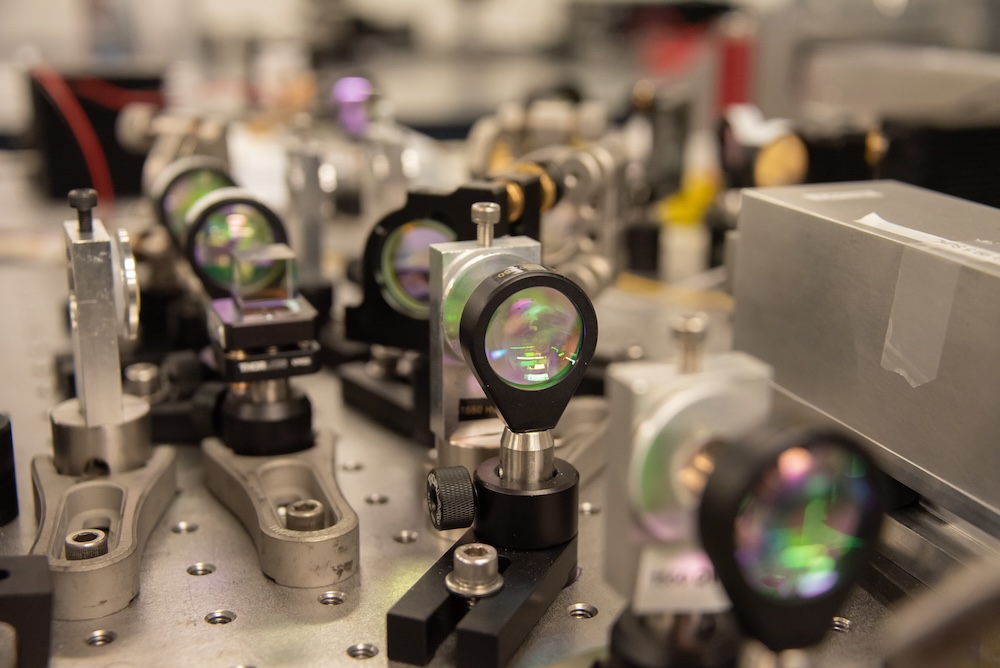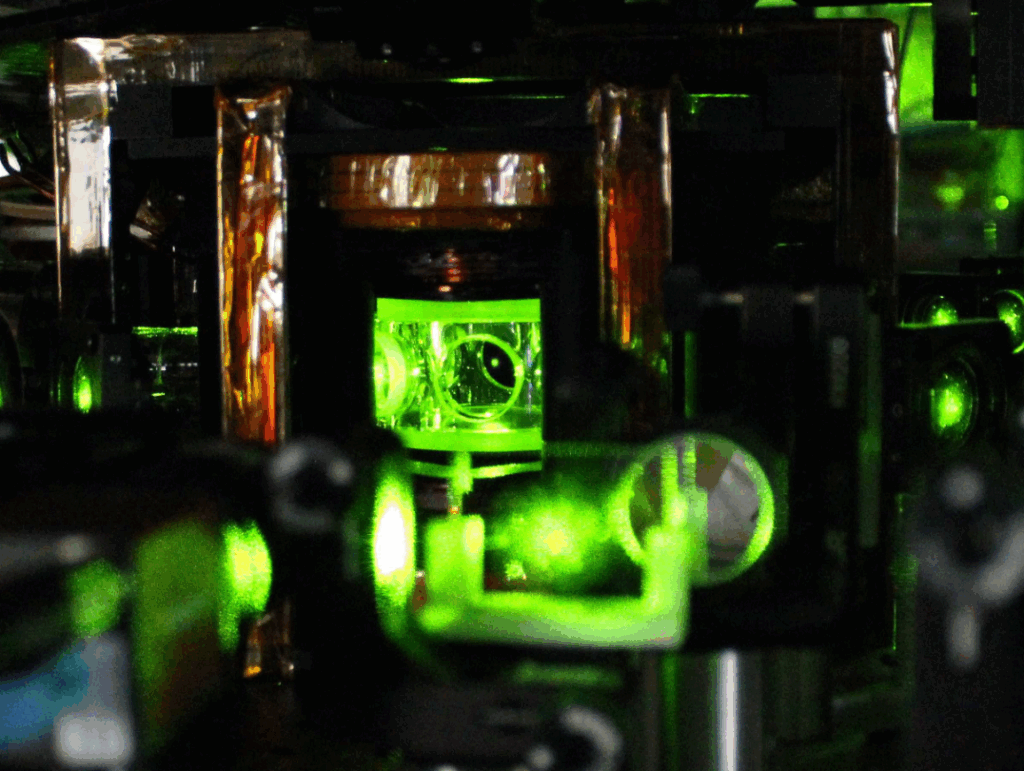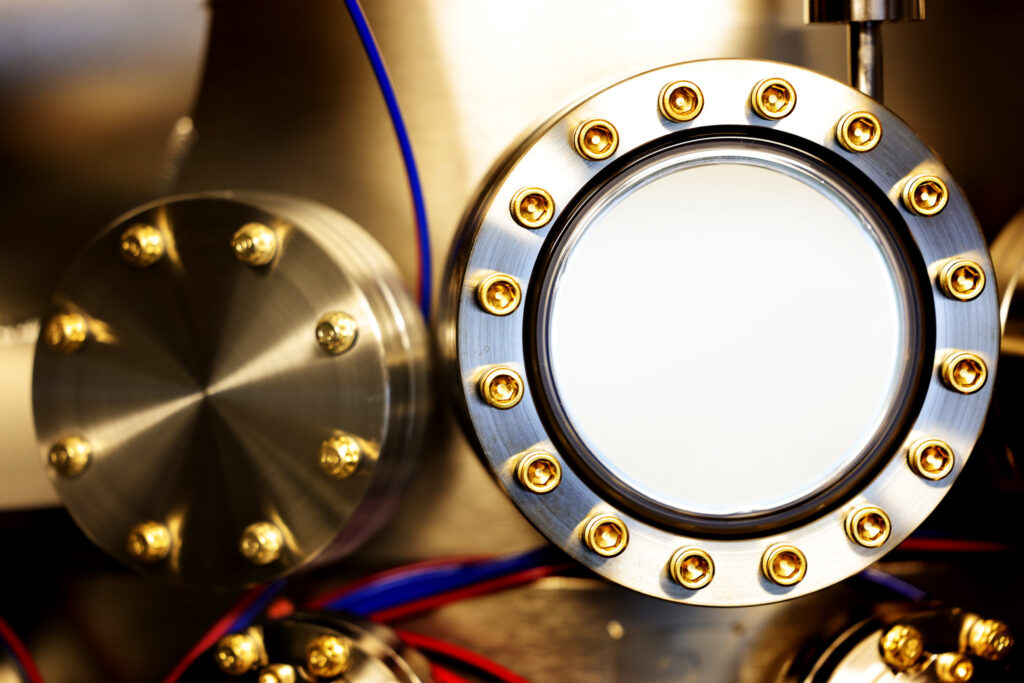ECE introduces new major area for MS students: Quantum, Engineering, Science and Technology (QuEST)
Quantum engineering, science, and technology (QuEST) is a rapidly growing field in both academia and industry. While academic researchers at the University of Michigan and beyond advance the frontiers of quantum computing and sensing, well-known companies such as IBM, Google, and Honeywell have also invested significant resources into the development of quantum technologies. As the demand for quantum expertise grows, students are becoming increasingly interested in specialized QuEST courses and degree programs.
To meet this need, U-M Electrical and Computer Engineering (ECE) has established a new major area for master’s of science (MS) students. This educational specialty will complement the University’s recently-launched Quantum Research Institute (QRI), which seeks to “address global quantum challenges and prepare a new generation of researchers to drive groundbreaking discoveries.”

“Quantum has been, for decades, a domain of physics,” said Mack Kira, co-director of the QRI and professor of ECE, “and now it is really transitioning to become an engineering challenge. From an educational point of view, it’s good to have a focus on quantum engineering, science, and technology because it allows us to develop a series of classes that collectively support one another and go hand-in-hand with industry advancements.”
Alex Burgers spearheaded the process of proposing the new major area and meeting with the necessary committees to get the curriculum approved. The course offerings include theory classes, lab classes, and experiment-oriented classes, structured such that students will be well-prepared after each course to advance into the next one. Burgers will also act as the QuEST area faculty advisor.

“The quantum courses that we’ve offered have often been geared toward PhD students. Here, we’ve created a structure and a schedule that is consistent with a master’s degree timeline,” said Burgers, assistant professor of ECE.
The building emphasis on quantum research and education in ECE has been a collaborative effort, with several faculty members contributing. In addition to Kira and Burgers, Zheshen Zhang, Jay Guo, and Sandeep Pradhan have created new lecture courses to suit the QuEST curriculum. Parag Deotare is leading the development of quantum lab classes and P.C. Ku has been developing a parallel educational track for undergraduate students.

“Of course,” Kira said, “Duncan Steel has been the historic quantum powerhouse. We inherited quite a few classes from him.”
Steel, Robert J Hiller Professor Emeritus of Engineering and Professor Emeritus of ECE, set a foundation for quantum research and education at Michigan prior to his retirement in 2023. He was a leader in the quantum electronics community and inspired a family of quantum scientists in the wake of his academic career, including Burgers and Steven Cundiff, co-director of the QRI with Kira.
Incoming master’s students can select the QuEST major area of emphasis from a series of 13 available options. Learn more about the ECE MS program. Learn more about quantum research in ECE.
 MENU
MENU 
